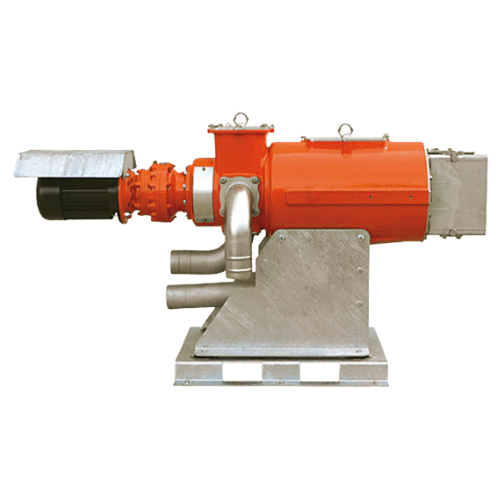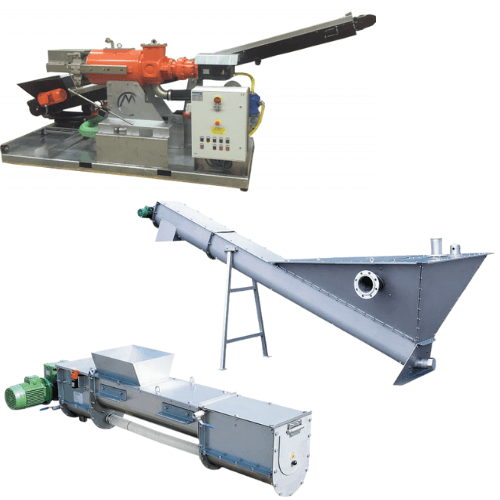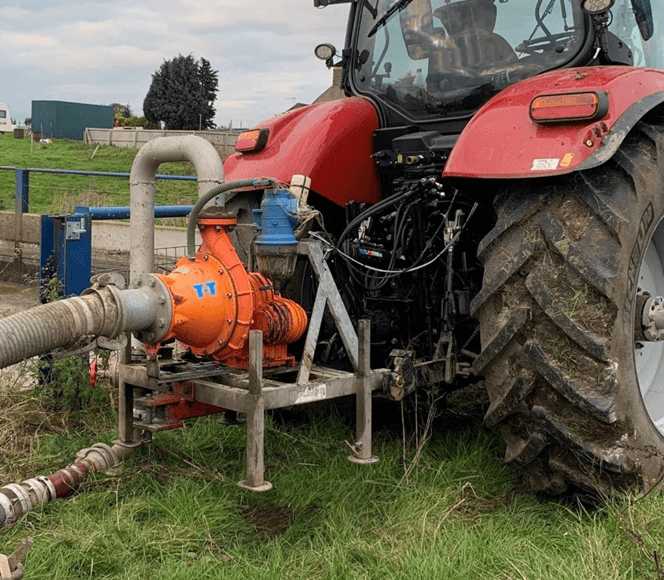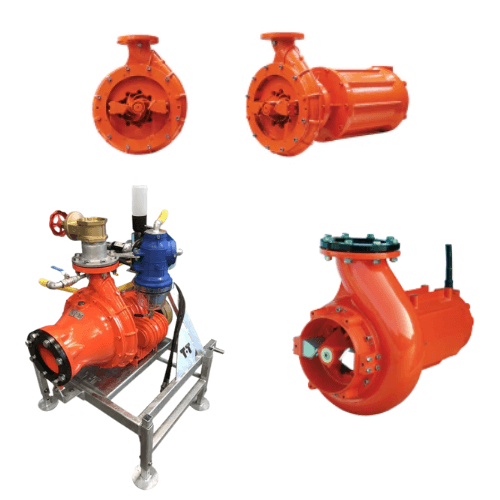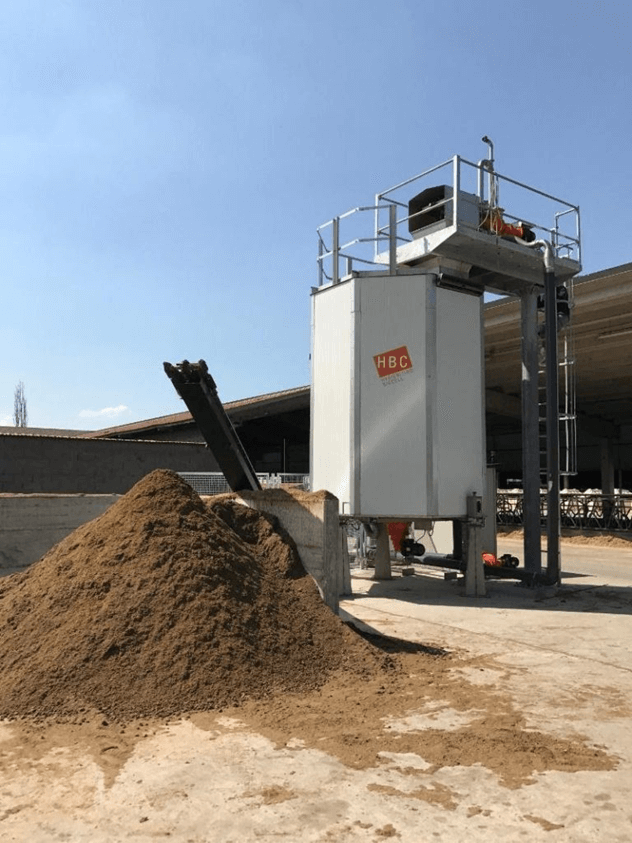How-to: Utilise Farm Slurry Safely and Efficiently
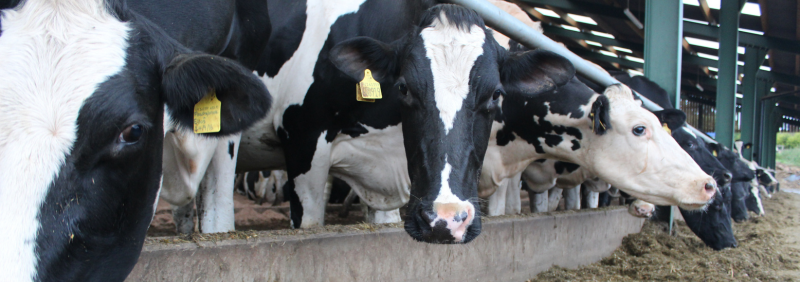
Despite the potential for becoming a dangerous pollutant, farm slurry can be valuable to your site, environmental responsibilities, operations and costs. When managed correctly it is a great natural fertiliser and can even be turned into eco-friendly animal bedding.
In this how-to guide, we will explore the methods and processes that can reduce the impact of farm slurry on the planet while also enhancing your bottom line.
SEPARATION
Separating your farm slurry is the process of removing its liquid contents, this provides several benefits.
- Organic farming - the separated solids and liquids can be used as a fertiliser throughout the year, recycling the nutrients and organic matter (nitrogen, phosphorus, and potassium), ultimately reducing the need for synthetic fertilisers.
- Increased storage - separating the slurry and using it as fertiliser reduces the need for storage space on your site.
- Environmental safety - the separated materials being stored apart vastly reduces the risk of a leak and production of harmful ammonia gasses that could release into the atmosphere (AKA volatilisation).
T-T's Separator Range can increase storage by more than 30%, with up to 36% dry matter removed - they feature cast iron and stainless steel construction for durability and different screen size configurations for handling different kinds of solids.
SLURRY SPREADING & PUMPING
Recycling farm slurry as an organic fertiliser is both cost efficient and environmentally friendly, but steps need to be taken to reduce the release of harmful gasses into the atmosphere from this process.
Low Emission Slurry Spreading Equipment (LESSE) is designed to reduce these emissions, here's how:
- Precision application: Precision slurry application, such as a dribble bar, minimises slurry waste or over-application, also reducing the risk of emissions from volatilization.
- Controlled release: Trailing shoe equipment can release slurry slowly and directly onto the soil, this allows the soil to absorb the nutrients more efficiently while reducing the risk of emissions from volatisation. This method also allows for grazing to be reintroduced sooner.
- Injection: shallow or deep injection equipment places slurry directly into the soil, dramatically reducing airborne emissions and greatly decreasing the risk of runoff causing water pollution.
The UK's 2019 Clean Air Strategy set out goals for reducing emissions across various sectors, including farming, slurry spreading and LESSE specifically. For more information, visit - https://www.gov.uk/government/publications/clean-air-strategy-2019
Data from the Department of Agriculture, Environment and Rural Affairs shows that chopping slurry allows efficient distribution and minimises ammonia discharge. In a comparison of slurry application systems, shallow injection had the best overall performance. Ammonia pollution was reduced by 70-80% via shallow injection (visit - https://www.daera-ni.gov.uk/news/application-low-emission-slurry for more information).
CHOPPER PUMPS
A chopper pump can be used to maximise the efficiency of your low emission system. Chopping prior to spreading reduces the risk of applicator blockages and allows the system to deliver the slurry more evenly.
Cri-Man's PTH Chopper Pump provides the ideal solution, delivering high flow rates and spreading pressure for greater performance, increased efficiency and reduced fuel costs.
PASTEURISED BEDDING
Recycled manure solids (RMS) used as bedding is derived from separated slurry, even though it provides a greener solution to cattle bedding, it is highly associated with issues of hygiene and disease transmission. Read more here - https://ahdb.org.uk/knowledge-library/regulations-for-using-recycled-manure-solids-as-a-cattle-bedding-material
Combatting these concerns is the HBC Biocel, a revolutionary solution for transforming slurry into comfortable and hygienic pasteurised bedding. The pasteurisation process kills off the harmful bacteria and pathogens to such a degree that the bedding is considered inert and does not transmit disease.
The HBC provides a sanitised and comfortable bedding alternative to straw or sawdust.
Utilising these methods provides a significant opportunity to turn farm slurry from a liability into an asset, reducing the environmental impact and efficiency while enhancing your farm's bottom line.
For more information on our solutions for farm slurry, separation, spreading and pasteurised bedding, contact our friendly agricultural team by calling +44 (0)1630 647300, emailing agrienviro@ttpumps.com or completing our online enquiry form.

